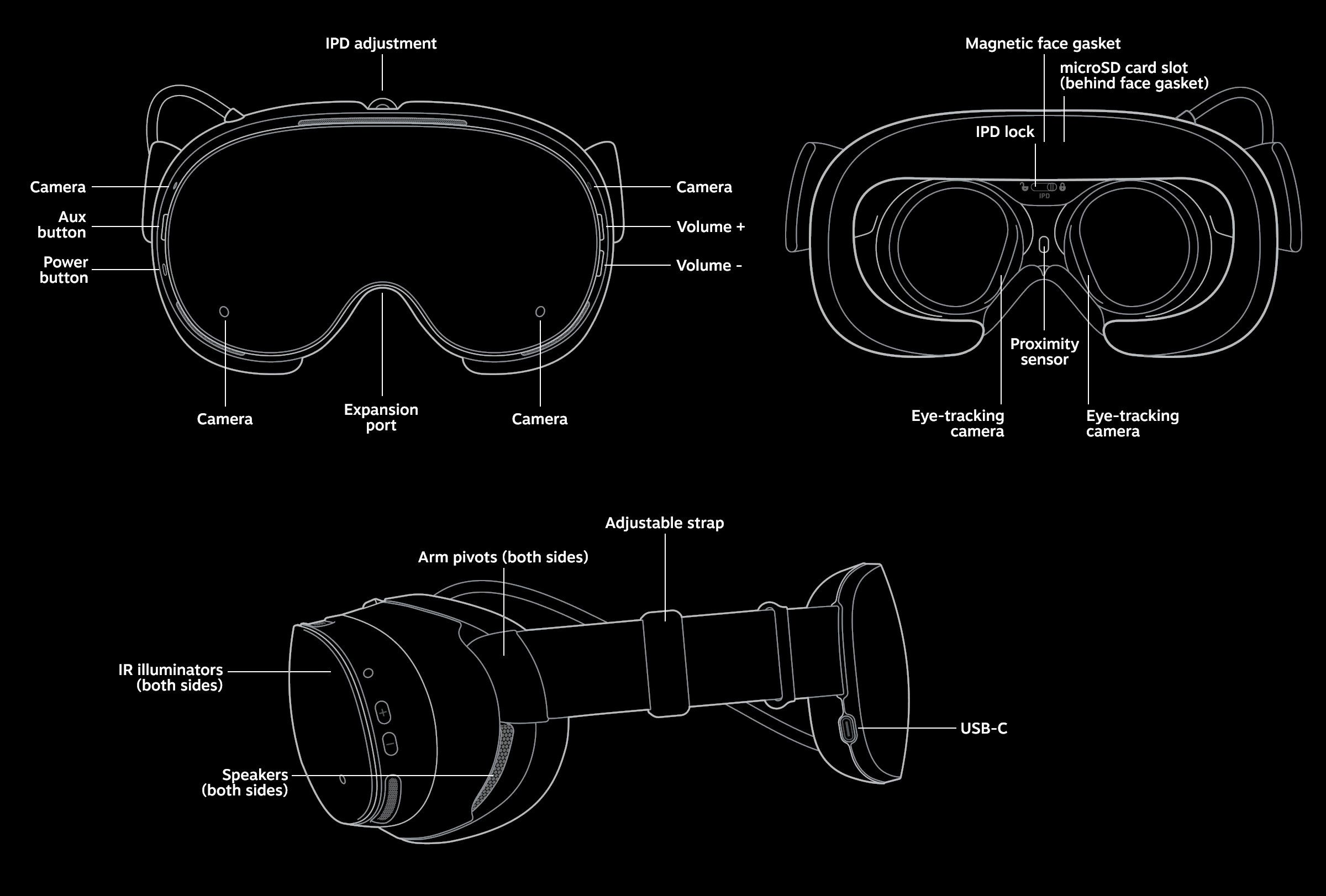
Valve has officially announced its new VR headset, the Steam Frame, after a long period of anticipation and leaks. This new device is expected to be a strong competitor to the Meta Quest, offering comparable functionality as a standalone VR system.
Valve surprised gamers by announcing not just one, but three new products. Along with the new Steam Deck VR headset, they also unveiled a redesigned Steam Controller and a new Steam Machine.
Valve’s New VR Headset is Now a Reality

Valve’s upcoming Steam Frame VR headset, expected in early 2026, promises a lot for virtual reality gamers. Like the Meta Quest and PSVR 2, it tracks movement using built-in cameras, meaning you won’t need any external base stations, and it’s completely wireless for unrestricted play. Powered by a Snapdragon 8 series processor and 16GB of RAM, the Steam Frame can play an increasing number of VR and even traditional games on its own, displaying those non-VR games on a large, cinematic screen. However, Valve designed the Steam Frame primarily as a streaming headset, allowing users to leverage the power of their gaming PC for more graphically intensive experiences.
As a VR enthusiast, one of the biggest differences I’ve noticed with the Steam Frame compared to something like the Meta Quest is how it handles connection. The Quest relies on your home Wi-Fi for everything, which can sometimes cause lag or interruptions. But the Steam Frame comes with its own dedicated wireless adapter – it plugs right into my PC and creates a direct connection to the headset. It’s brilliant because it uses two separate wireless signals: one just for streaming the game’s video and sound, and another to stay connected to my Wi-Fi for other things. This really takes the load off my home network and makes for a much smoother experience!
The Steam Frame boasts a high-quality display with two 2160 x 2160 LCD screens, specially designed lenses, and a smooth refresh rate of 72-144Hz. It offers a wide 110-degree field of view and accommodates a 60-70mm interpupillary distance (IPD). Eye tracking technology enhances visual clarity by focusing processing power on where the user is looking. For audio, the headset features dual speakers per ear and a dual microphone setup for clear voice communication. Weighing just 440 grams with the head strap, the Steam Frame is 75 grams lighter than the Meta Quest 3. This may seem minor, but reducing weight on the head and neck can significantly improve comfort and allow for longer, more enjoyable gaming sessions.

The Steam Frame will come with custom controllers designed specifically for it. Each controller has magnetic thumbsticks, a D-pad on the left, and ABXY buttons on the right, along with shoulder triggers and bumpers. They also use capacitive sensors to track your fingers, letting you use individual finger movements in games like Half-Life: Alyx if the game supports it.

Valve hasn’t announced when the new Steam Deck headset will be available or how much it will cost, and they say some details might still change. First looks at the headset have been generally good. It will be interesting to see how it compares to the Meta Quest 3 and if Valve can price it competitively.
Read More
- All Exploration Challenges & Rewards in Battlefield 6 Redsec
- Upload Labs: Beginner Tips & Tricks
- Byler Confirmed? Mike and Will’s Relationship in Stranger Things Season 5
- Top 8 UFC 5 Perks Every Fighter Should Use
- Grounded 2 Gets New Update for December 2025
- Best Where Winds Meet Character Customization Codes
- 2026’s Anime Of The Year Is Set To Take Solo Leveling’s Crown
- 8 Anime Like The Brilliant Healer’s New Life In The Shadows You Can’t Miss
- Battlefield 6: All Unit Challenges Guide (100% Complete Guide)
- Discover the Top Isekai Anime Where Heroes Become Adventurers in Thrilling New Worlds!
2025-11-13 02:34